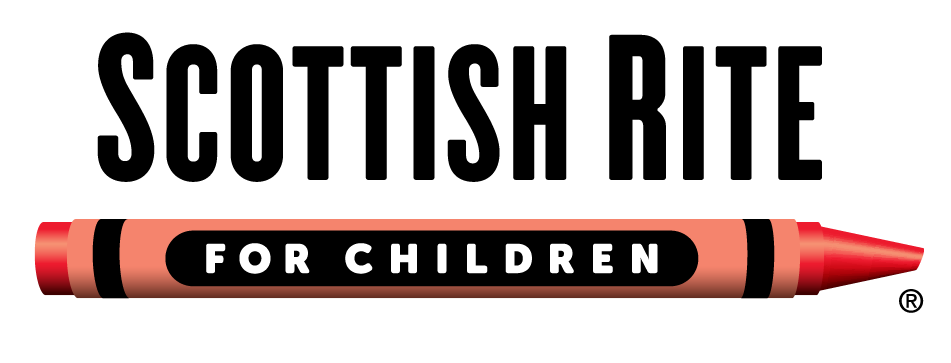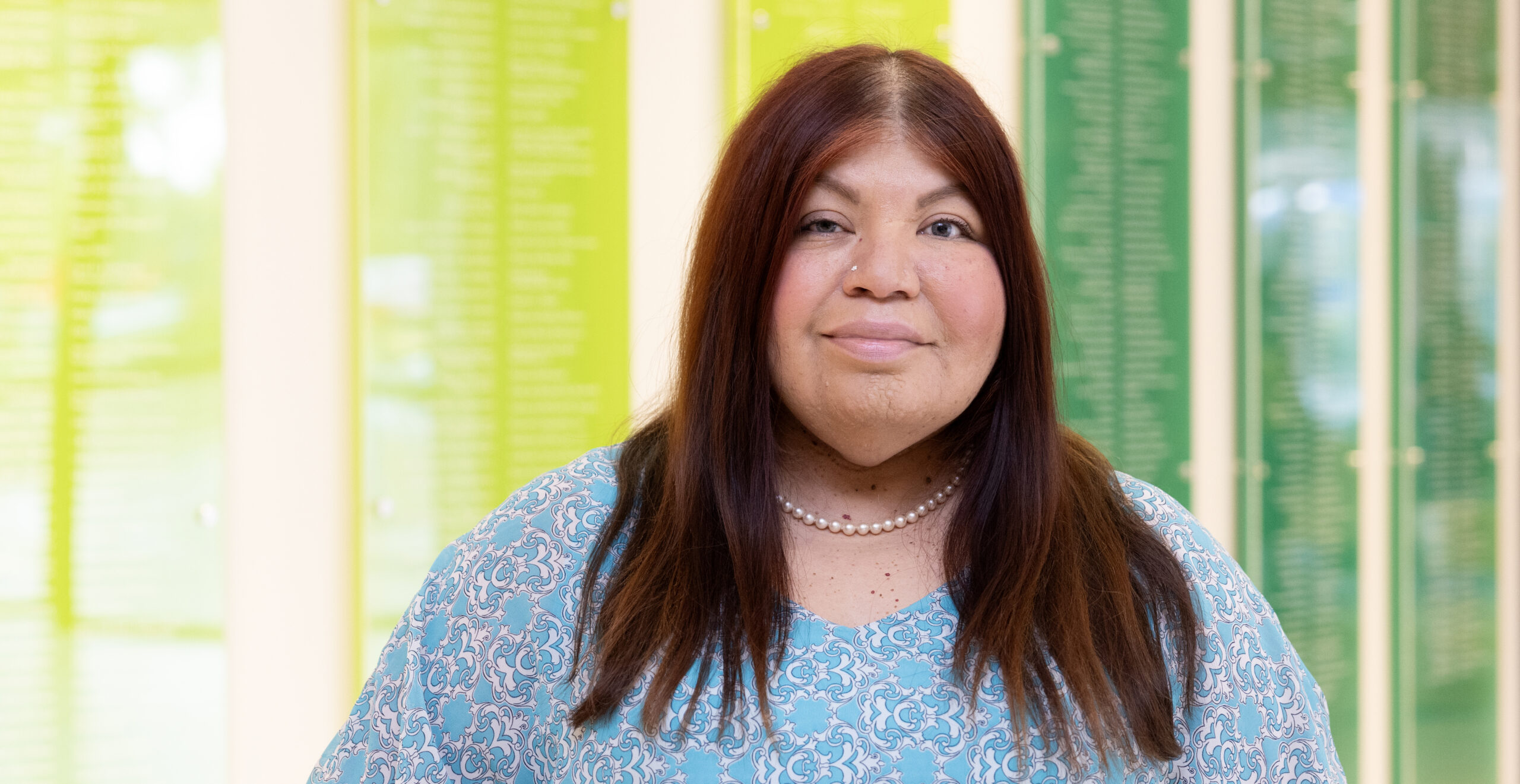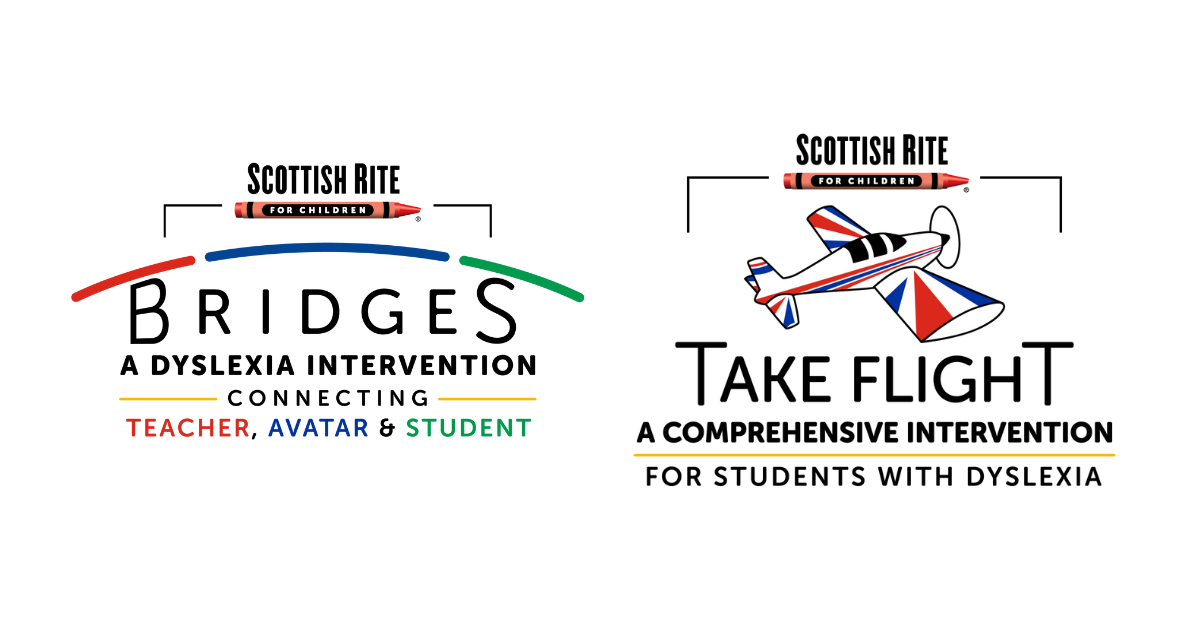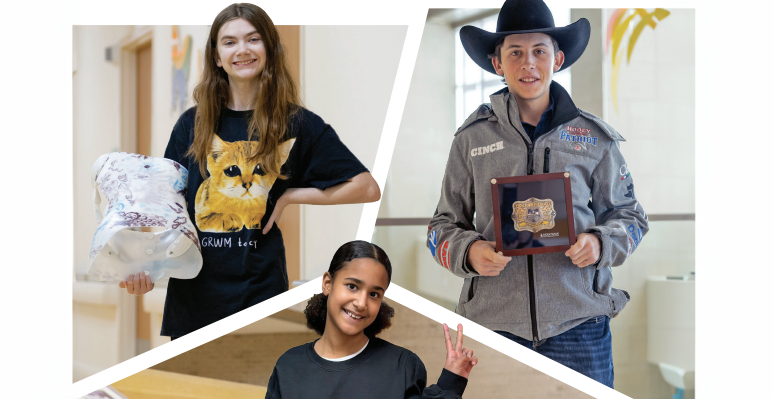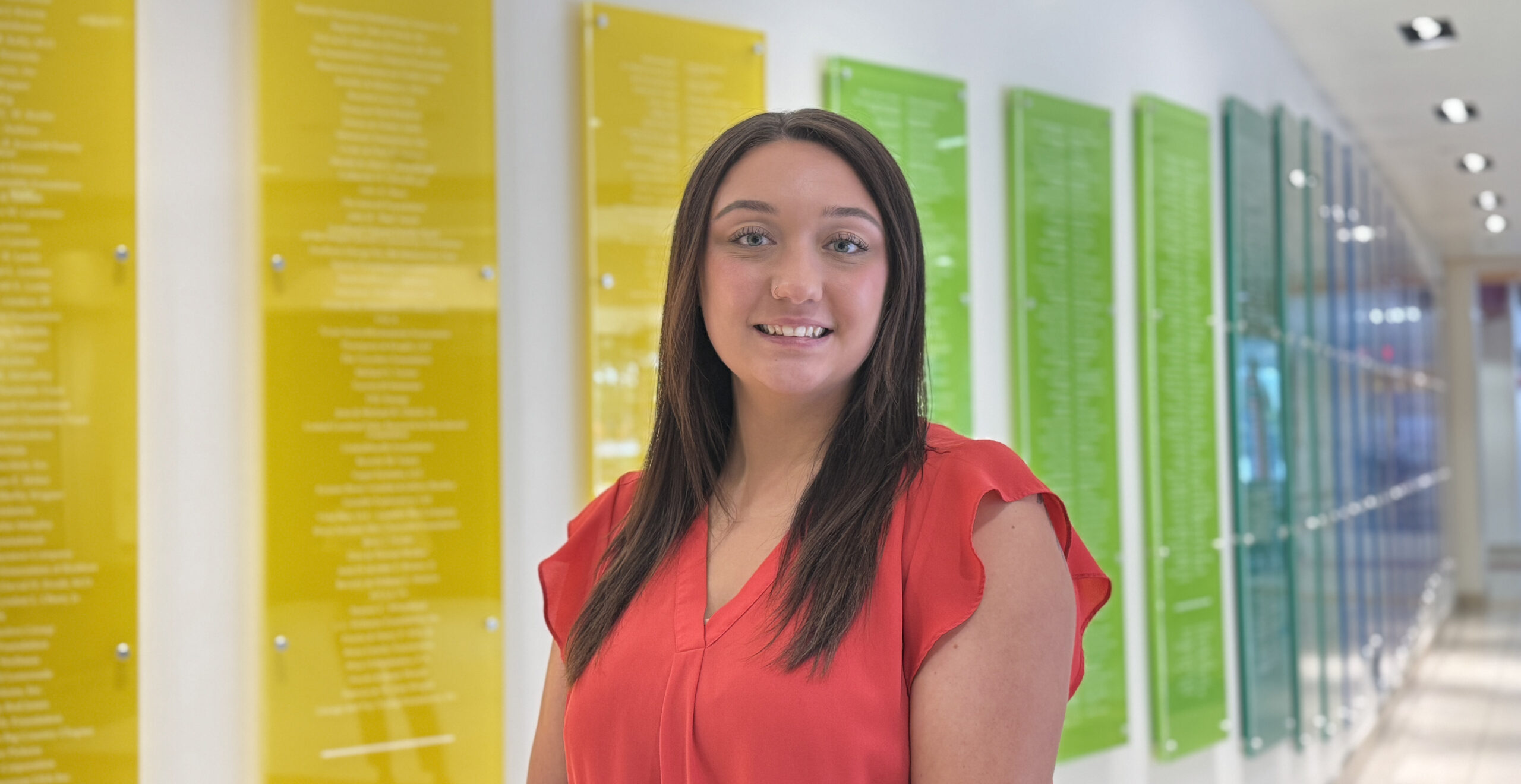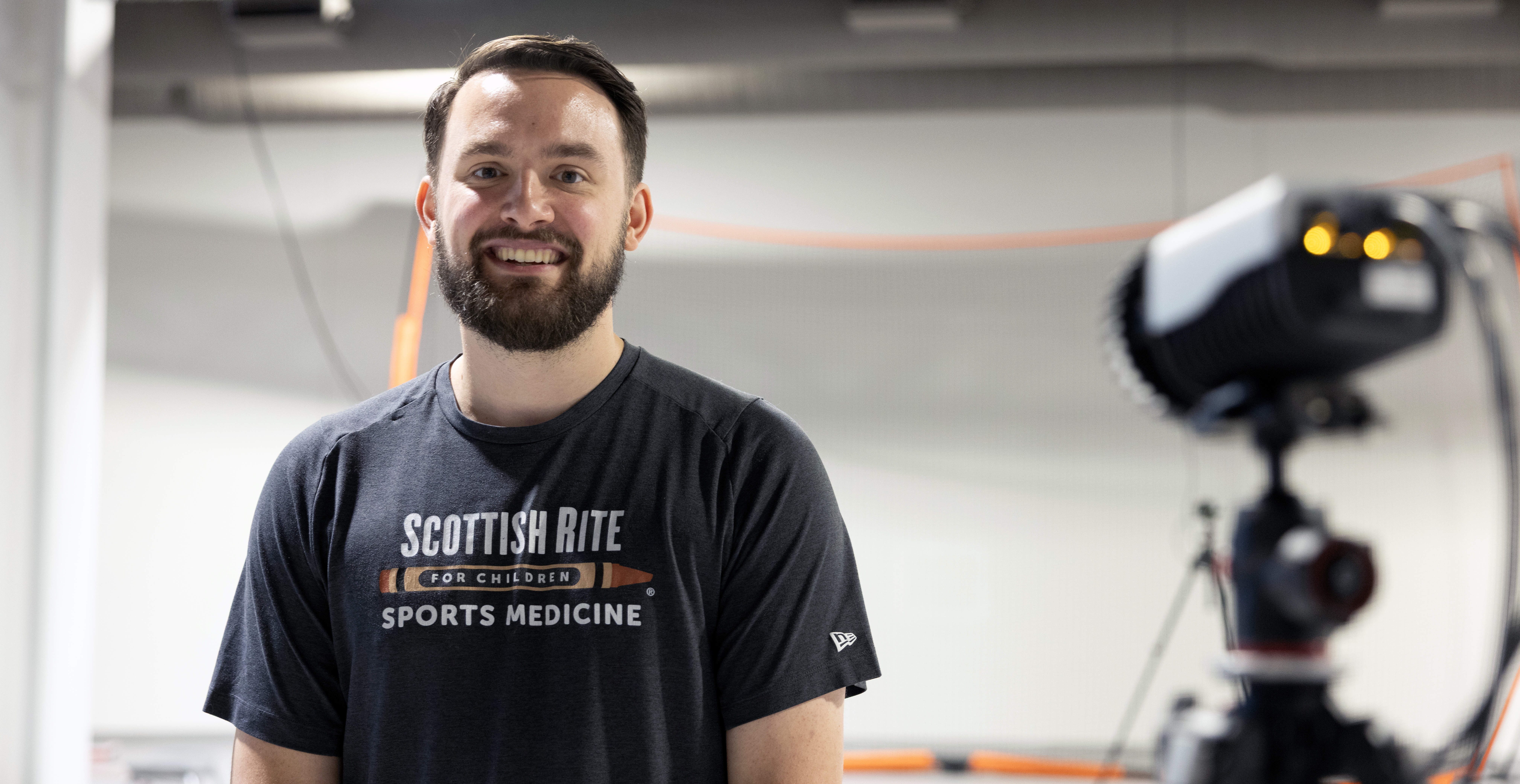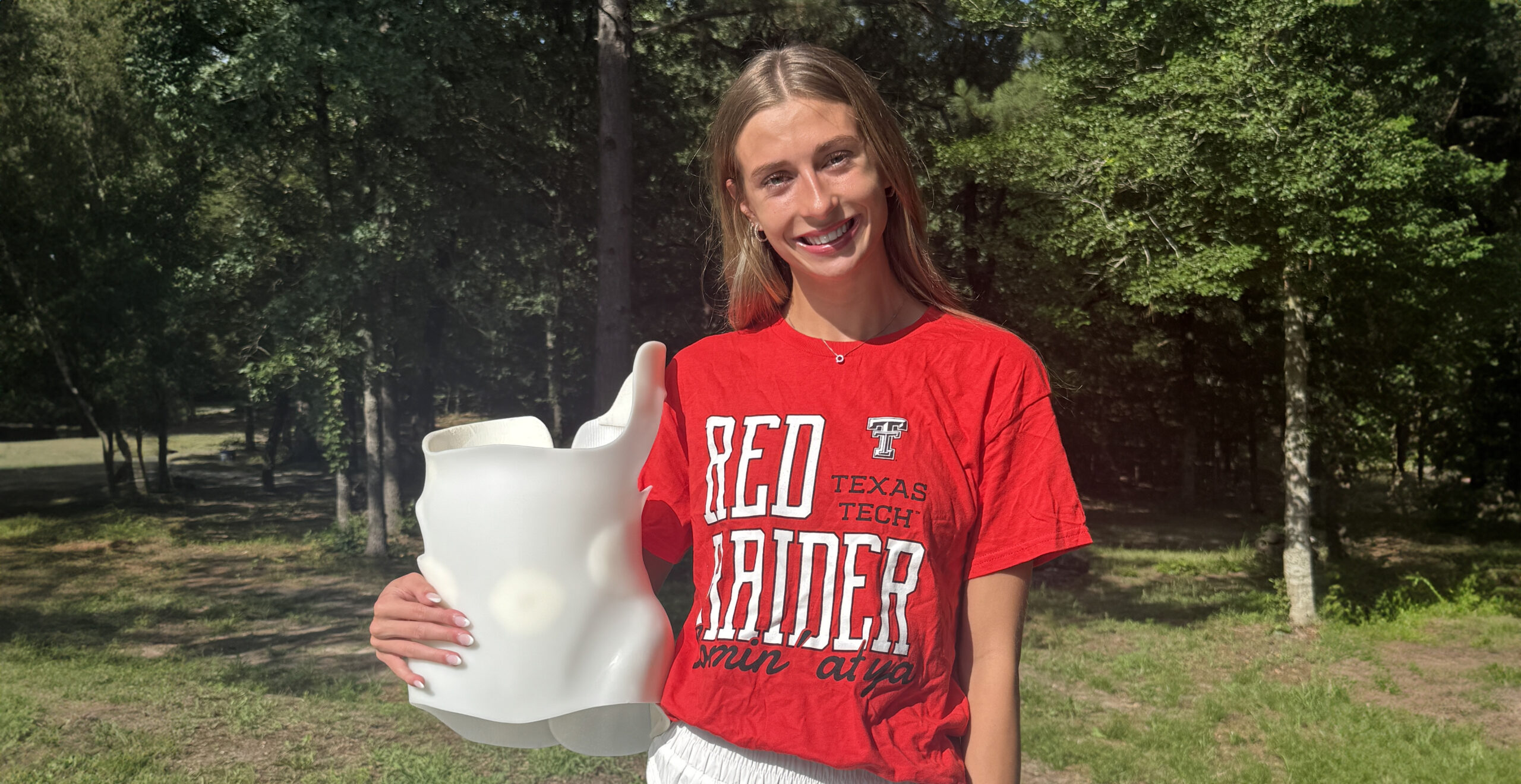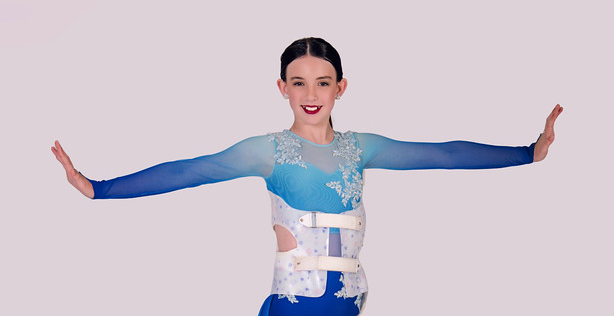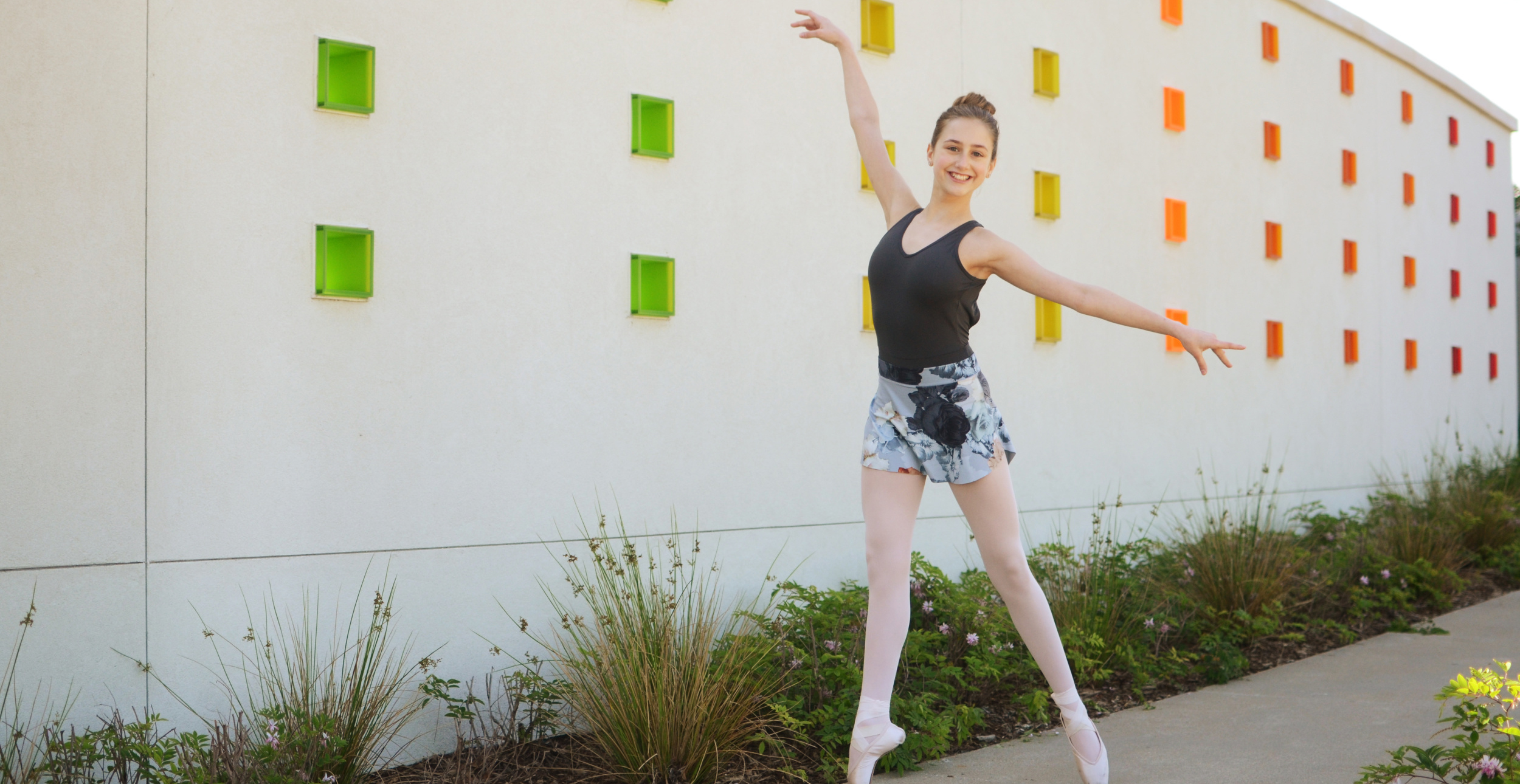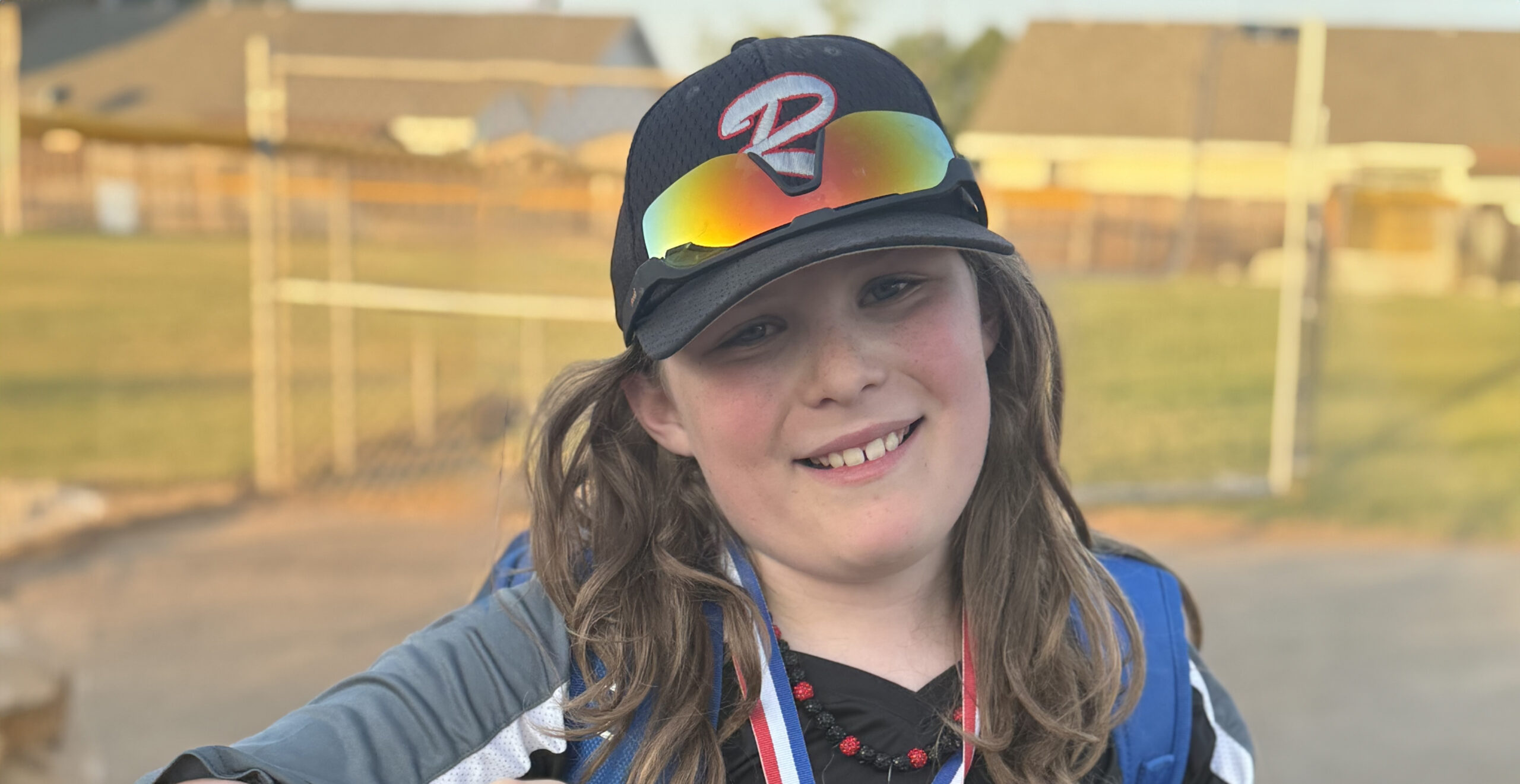Limb Differences
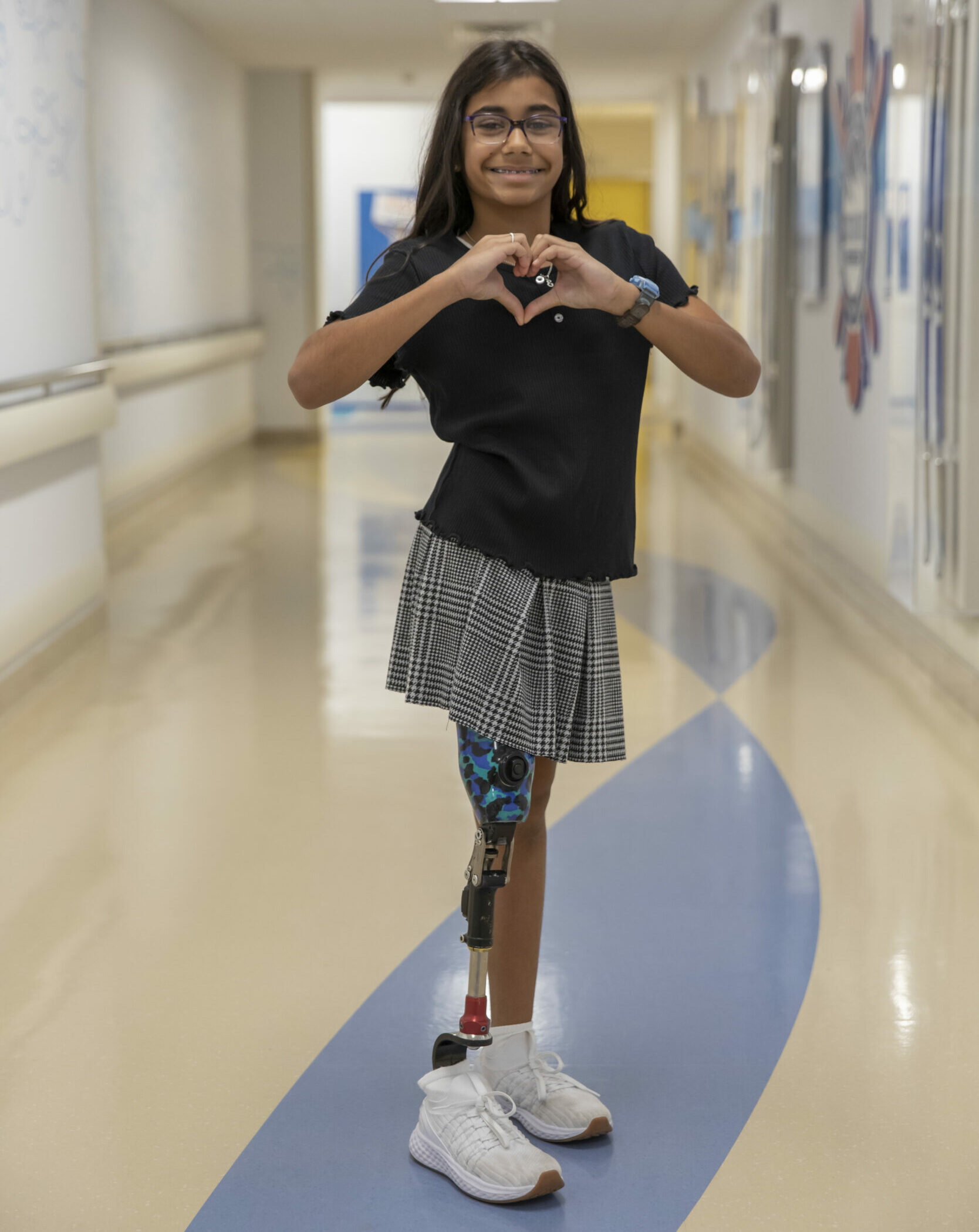
What is a limb difference?
A limb difference is a condition where there is a variation in the development or appearance of an arm or leg. This can result in differences in limb length, shape or function. Limb differences can occur for a variety of reasons, including genetic factors, atypical development and injuries. Limb differences can range from very mild to very severe and can affect one or more limbs.
A congenital limb difference is a condition where a child is born with a variation in the development or appearance of an arm, leg, fingers or toes. This variation can range from mild to severe and can involve one or more limbs, including, arms, legs, fingers, or toes that are missing, not fully formed or formed differently.
ABOUT LIMB DIFFERENCES
Congenital limb differences are caused by factors that disrupt normal limb growth during fetal development, resulting in the absence, malformation or underdevelopment of a limb. These factors can be genetic or environmental in nature, or a combination of both. Some of the known causes of congenital limb differences include:
- Genetic factors: Some congenital limb differences are caused by genetic mutations or inherited conditions. For example, certain gene mutations can cause limb malformations, such as tibial hemimelia. In most cases, there is no known genetic cause of the congenital limb difference.
- Amniotic band syndrome: This is a rare condition where fibrous bands in the amniotic fluid become entangled around fetal limbs, restricting normal limb development. In some cases, the condition may only cause a minor difference in a finger or toe, but in others, it can cause full amputation of the limb while in utero.
- Unknown factors: In some cases, the specific cause of a congenital limb difference may not be known. Conditions such as femoral deficiency and fibular hemimelia are included in this category.
- Traumatic injuries
- Infections
- Tumor(s)
- Vascular diseases
- Conditions affecting the bone’s formation and growth
A limb difference can be diagnosed through a physical examination by a health care provider. The provider will typically evaluate the appearance and function of the affected limb, as well as assess any related symptoms or medical history. Additional diagnostic tests may be ordered to help determine the underlying cause and extent of the limb difference. X-rays, ultrasounds or magnetic resonance imaging (MRI) can provide detailed images of the affected limb and help identify any structural abnormalities.
Treatment for a limb difference depends on the type and severity of the condition and the individual’s specific needs and goals. Some common treatments may include:
- Assistive devices: Assistive devices, such as prosthetics, orthotics or adaptive equipment, can help children with limb differences to improve their mobility, independence and quality of life.
- Surgery: In some cases, surgery may be recommended to correct or improve the appearance or function of the affected limb. This may include procedures such as lengthening or shortening bones or correcting joint or muscle abnormalities.
- Physical therapy: Physical therapy can help children with limb differences to improve their range of motion, strength and coordination.
- Occupational therapy: Occupational therapy can help individuals with limb differences to develop skills and strategies to perform daily activities such as dressing, eating and writing.
- Psychological support: Living with a limb difference can be challenging, and children may benefit from psychological support and counseling to address any emotional or psychological concerns.
It is important to note that every child is unique, and the treatment for a limb difference will be tailored to their specific needs and goals. A team approach involving health care providers, therapists and other specialists can help children with limb differences to achieve their top potential and live full, active lives.
Latest news: Limb Differences
Get to Know Our Staff: Gloria Conley, Neurology and Rehabilitation Medicine
What is your job title/your role at Scottish Rite?I am an administrative assistant for pediatric neurologist and neurophysiologist Ashley N. Hacket, M.D. What is the most fulfilling part of your job?The most…
Spectrum News 1: Fort Worth ISD approves launch of Bridges and Take Flight Programs
Fort Worth ISD is celebrating significant gains in 2025 STAAR test scores, with most grade levels and subjects showing improvement and several surpassing district targets. At a recent board meeting, the district…
CBS19: High School Graduate Dreams of Radiology Career After Her Care at Scottish Rite for Children
18-year-old Fernanda was diagnosed with scoliosis in sixth grade. \"It was difficult, but I just had to keep going through it,\" Fernanda says. Her experience at Scottish Rite for Children transformed from…
Excellence & Expertise in Spine Care: Putting Scoliosis in Its Place
Previously published in Rite Up, 2025 – Issue 2. By Kristi Shewmaker Meet Hanna, a 12-year-old of Flower Mound, Texas, who loves listening to music while drawing; Bella, a 13-year-old all-around athlete…
Get to Know Our Staff: Tiffany Thompson, Clinical Research
What is your job title/your role at Scottish Rite?I am a research coordinator for the spine team. I assist the spine doctors, fellows, residents and students with their research. What is the…
Get to Know Our Staff: Alex Loewen, Movement Science Lab
What is your job title/your role at Scottish Rite?I am a bioengineer in the Movement Science Lab at Scottish Rite for Children Orthopedics and Sports Medicine Center in Frisco. We use high-speed…
How Olivia Faces Scoliosis With Resilience Through Bracing
Whether she is spiking a volleyball over the net or racing others in cross country, 17-year-old Olivia enjoys an active lifestyle with intensity, grit and heart. “Both sports have taught me about…
Grace in Motion: How Kathlynn Found Her Inner Strength With Scoliosis
For Kathlynn, of Waxahachie, Texas, dance is not just a hobby. It is an outlet for expression that brings joy. Just days after Kathlynn’s 10th birthday, she and her family went to…
Pointe Readiness: How Does a Dance Instructor Know When a Young Dancer Should Start?
A young ballet dancer who is committed to the art will eagerly await the opportunity to join more experienced dancers en pointe. Many factors should be considered before making the transition to…
Central Oregon Daily: Andrew’s Journey Back to the Baseball Field
Andrew was only 8 when Perthes disease, a rare childhood hip disorder, changed everything. One day, he was playing baseball, and the next, he couldn’t walk. “There were days he would come…
